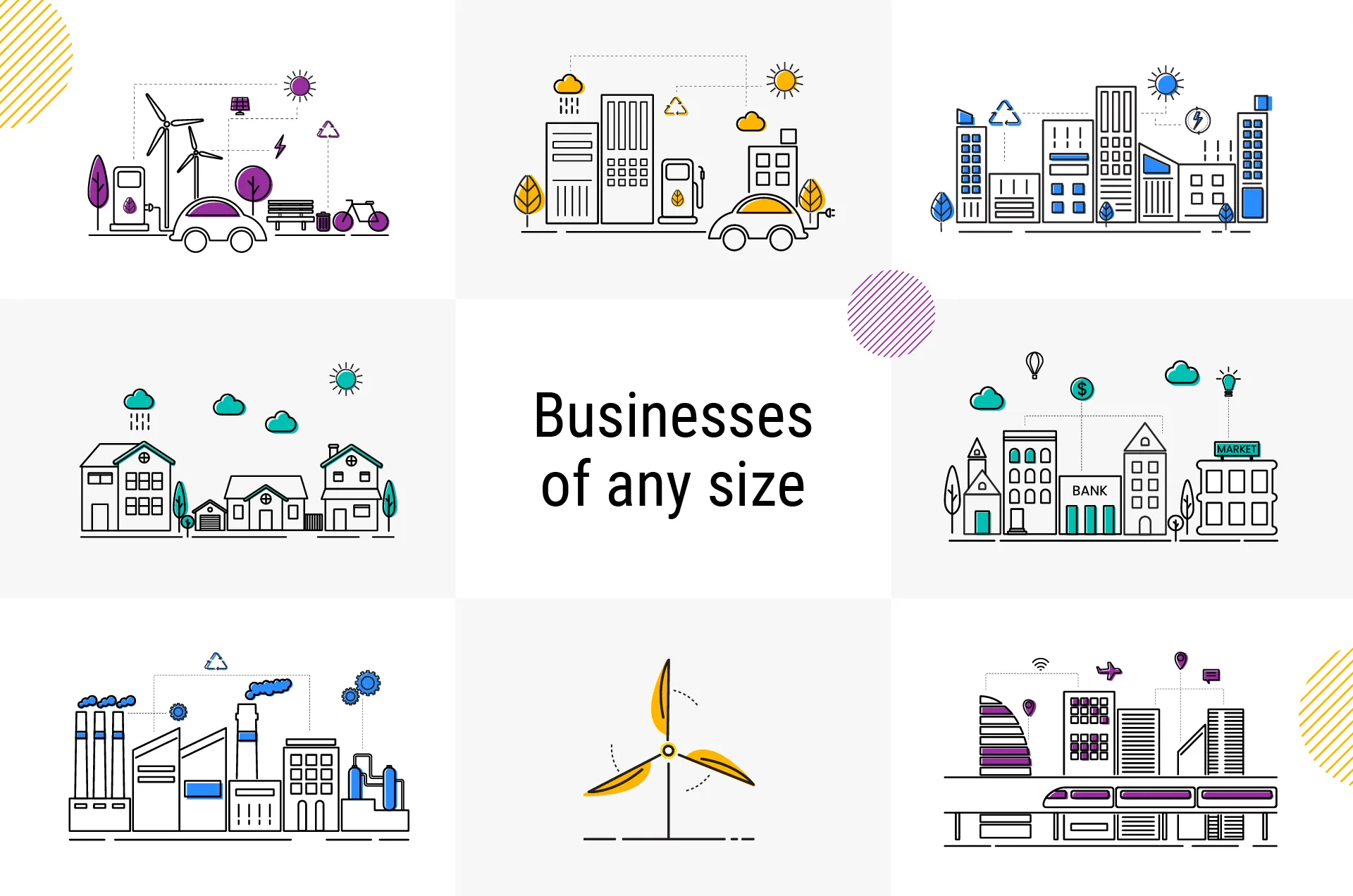5 Indisputable Proofs That Design Thinking Actually Works
Table of contents
Design Thinking is all about non-linear processes and capable of uncovering all hidden hazards
Design Thinking works for all people and businesses of any size, either startups, middle-market companies, or huge corporations
Design Thinking sessions bring to the surface more business pain points than traditional implementation projects that last for years
Design Thinking goes far beyond great UX and UI
Design Thinking is gaining traction among market leaders. Numbers are the proof
And finally…
Being tired of tons of rhetorical Design Thinking descriptions resulting in doubts about the methodology’s actual business value, Emerline decided to put the things right and reached out to our certified DT expert and facilitator of regular DT workshops for explanation.

Design Thinking is all about non-linear processes and capable of uncovering all hidden hazards
The trickier a business problem is, the more valuable Design Thinking tools turn out to be. There is no need to adopt DT for solving the questions where the answers are plain to see, like “Do we need to repair the equipment in the warehouse?” or “How many batches of raw materials to order?”
But when it comes to pain points and ‘tangled skeins’ of software product features, company’s corporate values, PR activities, whatever, Design Thinking stages and a human-centered approach are the strongest weapons for getting to the bottom of the issue and finding a solution.
We all know Uber, Apple, and Dyson — all globally recognized products started with the question, “How might we deal with it for...?” — and problems at the forefront of many minds. The essence of the DT methodology is to address these challenges. So Design Thinking is configured to discover all pitfalls and turn them into valuable solutions.
Design Thinking works for all people and businesses of any size, either startups, middle-market companies, or huge corporations

That’s the natural consequence of the first statement. If we are talking about any human-related issue, Design Thinking delves into the requests from corporates, startups, self-employed individuals, teachers at schools, or housewives.
The list is unlimited, and regardless of the task (mobile app development, optimizing logistics processes, implementing corporate values, improving communication between departments, decorating the house, etc.), there is a blocker or a sore spot behind. When used right, Design Thinking tools and methods help businesses or individuals bring them to light.
Design Thinking sessions bring to the surface more business pain points than traditional implementation projects that last for years
Even if there is a need to provide a solution ASAP, Design Thinking is in. Provided that the customer feels the value of the methodology, gives the resources for making quick prototypes, and supports the overall facilitation process, even a two-hour Design Thinking session enables a high-level pain point discovery. One working day is enough for conducting a full DT session, while for three days, the team involved manages to thoroughly come through all stages, from researching the users’ needs to prototype development.
One of the Design Thinking distinctive features is interactivity, which favors prompt results within short timeframes. Quick sessions, heated discussions, paper prototypes, and other dynamic activities lead to introducing tens of pain points with possible ways out.
Design Thinking goes far beyond great UX and UI

It’s time to get rid of the prejudice that the design concept is limited to appealing appearance. The term is much broader and means “a plan or specification for the construction of an object or system or for the implementation of an activity or process.” So it’s close to engineering and at its core, it’s targeted at problem-solving through creation.
Do not be puzzled by the methodology’s name — Design Thinking is no longer a buzzword or innovation. Companies implement DT as a means of achieving and maintaining their competitive advantage. Those who are not ready for Design Thinking risk to never stop kicking the can down the road.
Design Thinking is gaining traction among market leaders. Numbers are the proof
The effectiveness of Design Thinking is admitted by the influential business leaders, and here is the statistics to illustrate it with figures.
According to the Adobe/Forrester research, “companies that foster creativity enjoy 1.5 times greater market share and 70% of design-led companies reported having a better digital experience than competitors.”
Design Management Institute states that “design-driven companies have outperformed the S&P Index by 219% over 10 years.” As per the Parsons New School research, “71% of organizations that practice Design Thinking said it improved their working culture and 69% of those organizations said innovation is more efficient with Design Thinking.”
Do you still doubt the practical value of Design Thinking?
And finally…

A sixth reason to prove that Design Thinking is an effective toolset for giving businesses the solutions that really make a difference and acquire a world-wide popularity is the AppHaus — a creative space where our experts conduct Design Thinking workshops on a regular basis.
The Emerline team assists businesses in creating innovative solutions from scratch or reshaping their existing systems for their clients’ needs — during the Design Thinking sessions, our experts disclose many hot-button issues and promptly find the insights on how to improve the software solution’s reliability and quality, streamline intercompany relations, build сustomer and employee journey maps, etc. Design Thinking will cover all business challenges that have something to do with people’s perception.
Depending on the particular case, we’ll suggest the optimal session’s agenda and duration. All you need is to contact us and discuss your business need.
Published on Jan 19, 2023





